These Quality Shots Will Help You Fill Straps
Your gun mount is solid, your swing true and your follow-through polished thanks to round after round of clays. Whatever opportunity duck and geese offer, you're prepared to make the shot.
But let's admit that you'd like to see some shot opportunities more than others this season ‚ those ideal chances, facilitated through sneaky setups and perfect decoy spreads, that really increase your chances of success.
Here's a quick look at some high-percentage shots we hope to see this fall and winter.
Click here for more Realtree waterfowl hunting content. And check us out on Facebook.
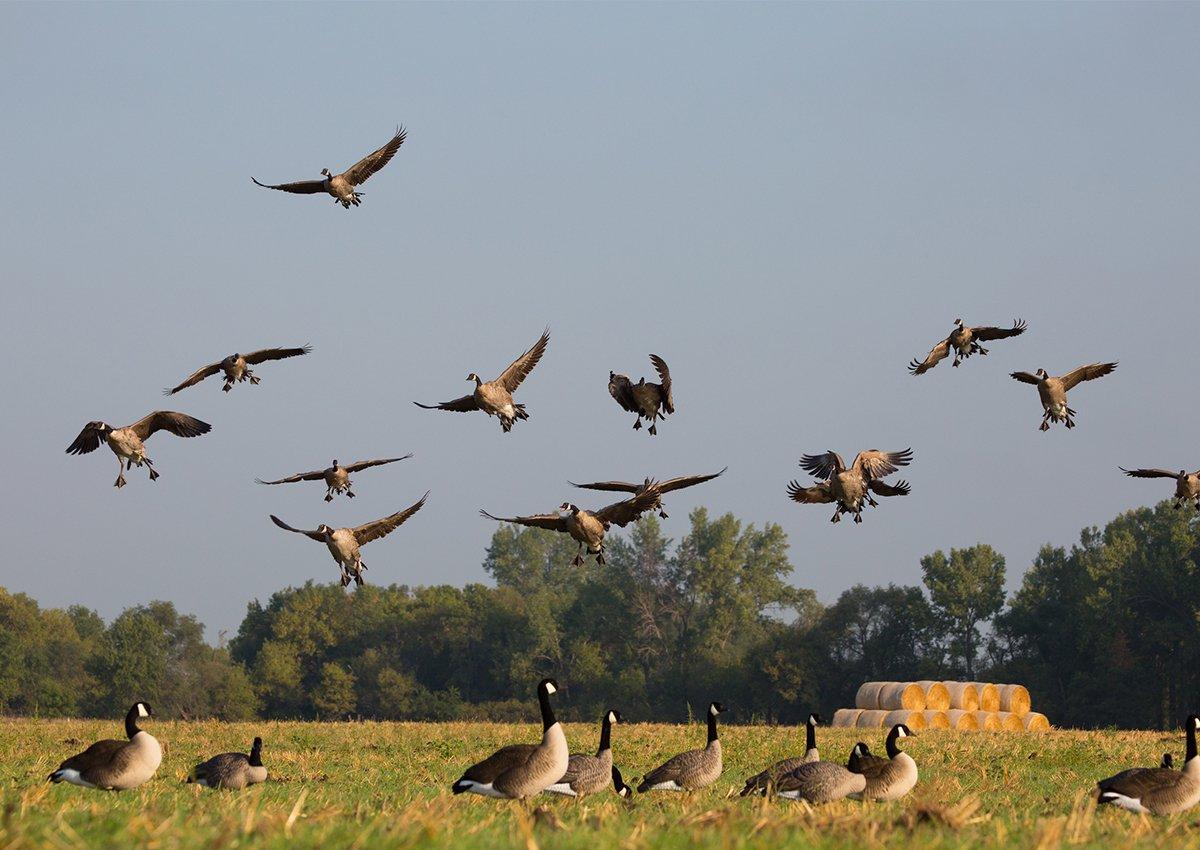
This might be the zenith of waterfowling. Your spread has completely fooled ducks or geese, and they don't hesitate to cup their wings and float directly toward you and into your kill hole. Meanwhile, you wait for the perfect moment to call the shot, while secretly plotting to double or triple. Every waterfowler dreams about this experience ‚ the ultimate coup in decoy hunting.
Photo © Tom Rassuchine/Banded
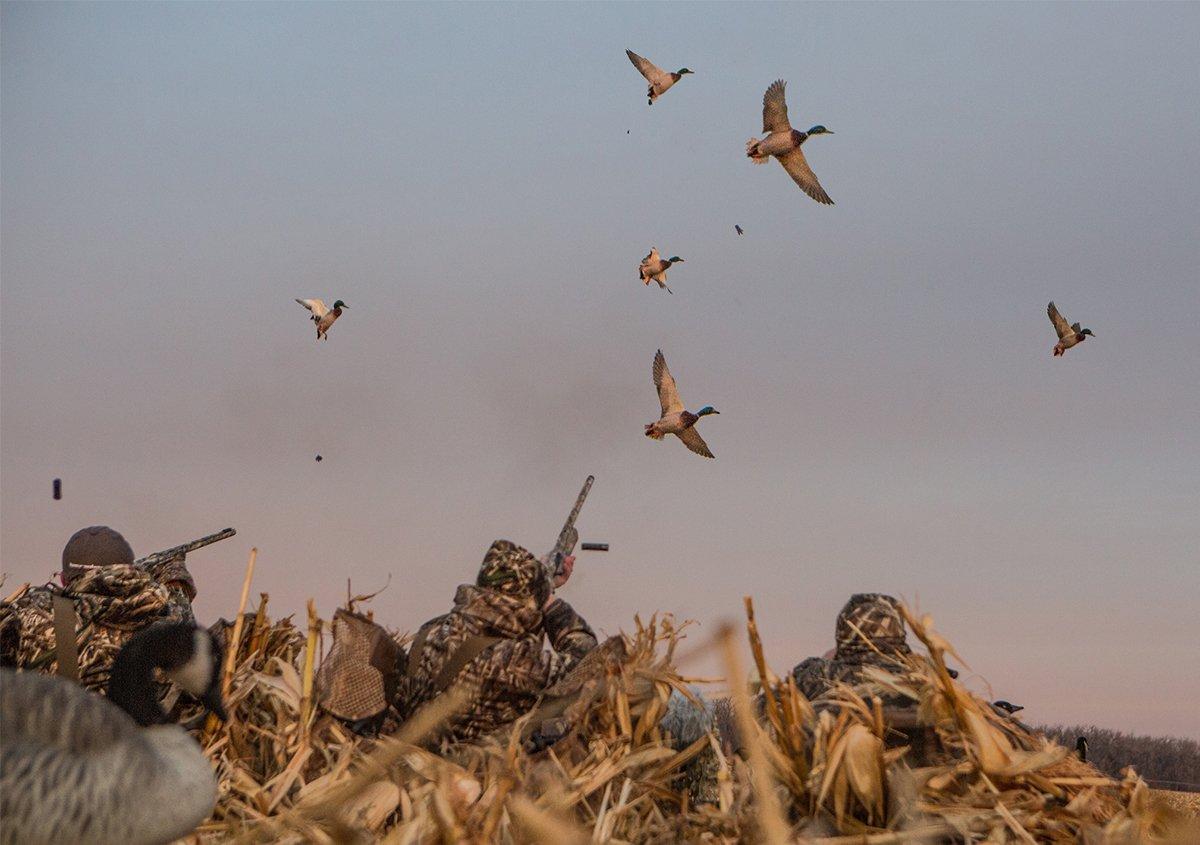
This is actually the same shot as No. 1 but at a right angle. And honestly, because birds aren't looking directly at you, it might be better. You'll have a split second longer to fire at a floating target before ducks or geese see you and flare. And you probably won't get lazy and shoot over or under the bird.
You'll see this shot a lot when cover options or the angle of the sun prompt you to set up with the wind at a 90-degree angle. No worries. It's not an absolute gimme, but it's close.
Photo © Tom Rassuchine/Banded

Sometimes, ducks and geese don't quite finish and make a low, slow pass over your setup. Why wait? Tell your blind-mates to take the birds, and then make the relatively simple shot. Just don't wait too long and let birds get behind you, blowing your chances for a double or triple. And pay attention to where birds fall, as you don't want to get hit by a 10-pound honker falling from 30 yards up.
Photo © RCK_953/Shutterstock
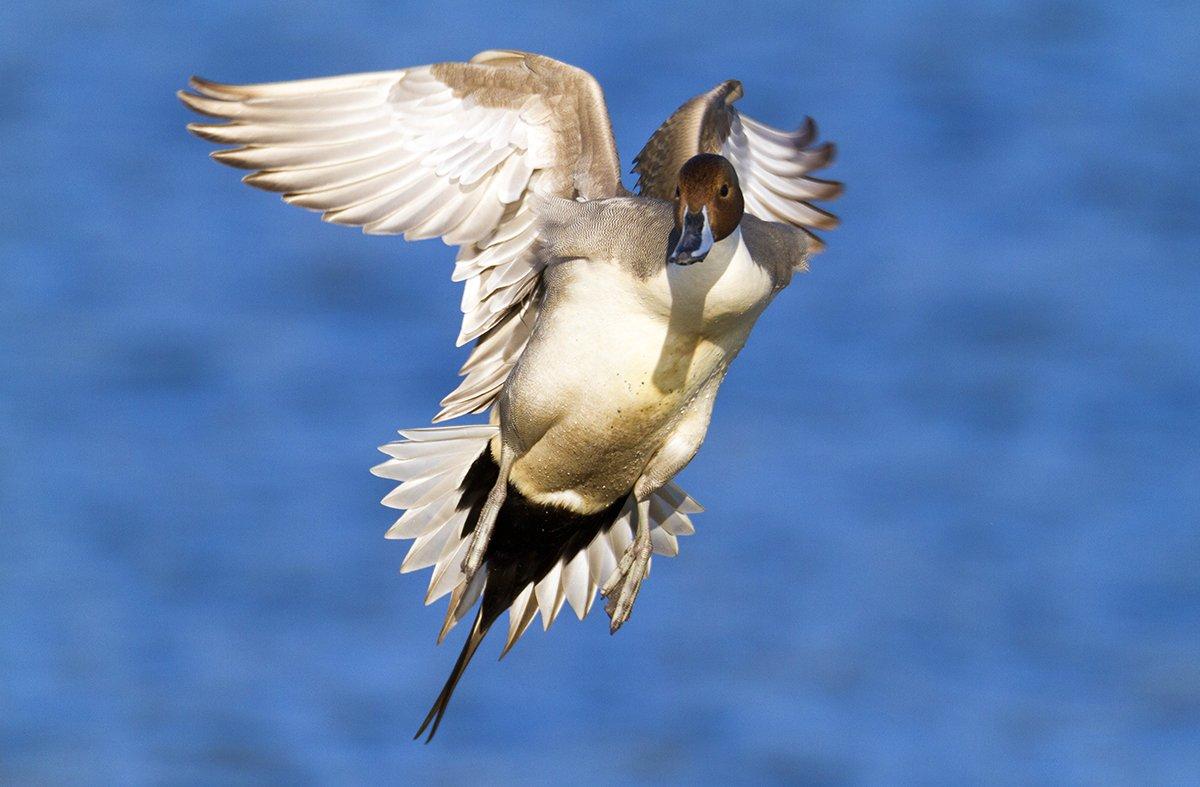
When you slip close to ducks in the corner of a slough or slow bend in a stream, the startled birds often flush straight up, giving you what should be a fairly straightforward reaction shot. The key to any jump-shot, of course, is to be prepared to fire when the target moves. But don't be too antsy, either, as it can be easy to shoot over rising birds. Trust me.
Photo © GTS Productions/Shutterstock
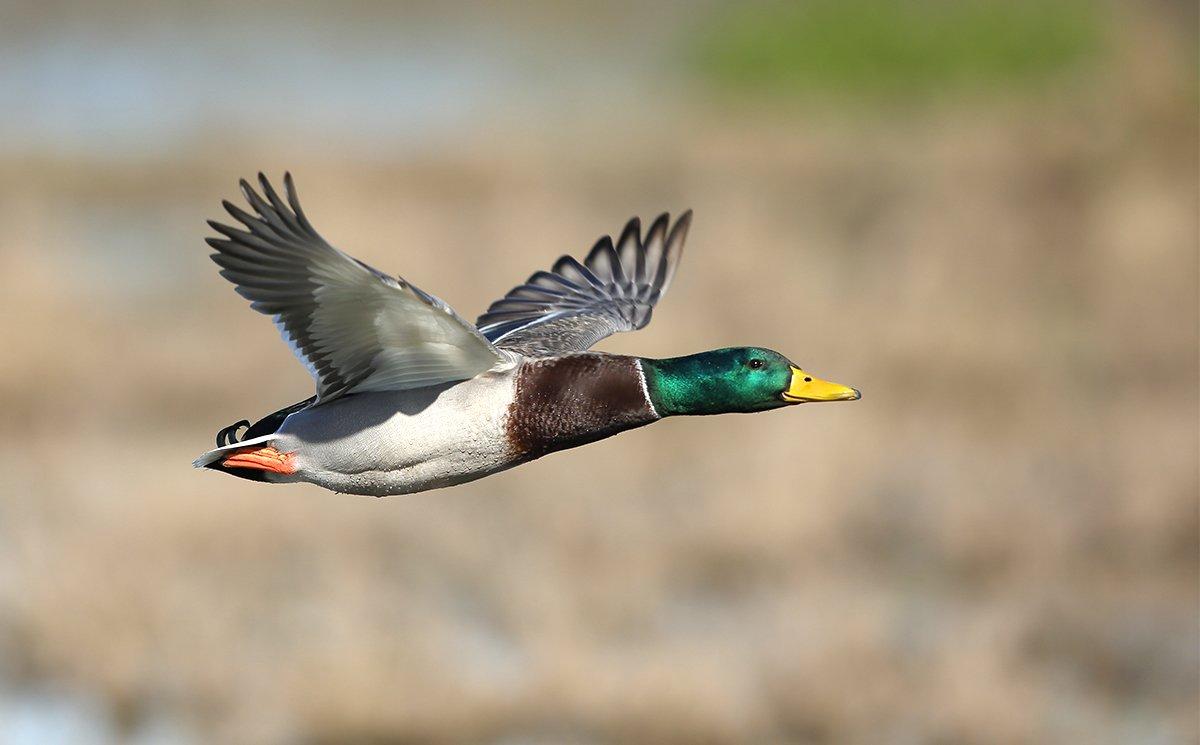
No, we're not talking about 45-mph screamers; the humiliating three-shot whiffs that leave you cussing bluebills, ringbills and their ilk. This shot is the sideways equivalent of No. 3 ‚ a bird sailing over your spread at a right angle to check it out. Again, there's no reason to wait. Swing aggressively, slap that trigger and follow through. It's a quality shot chance.
Photo © Guido Bissattini/Shutterstock
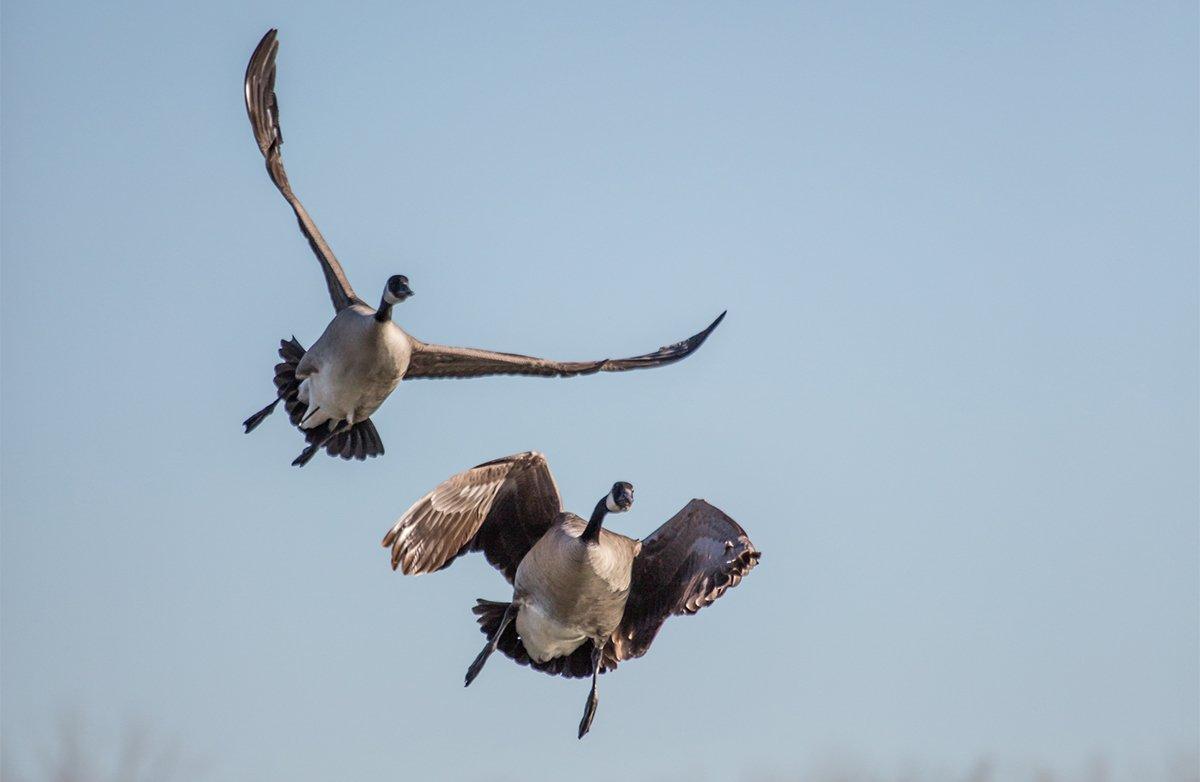
This might be the trickiest shot on the list of easy opportunities. Birds commit but then immediately flare vertically when they sense danger or see hunters (think springing teal). However, they're still within easy range, and you have a second or two to really make hay before the ducks or geese catch the wind and escape. Just remember to be aggressive and move that gun. And watch where birds fall, as some might sail downrange a bit.
Photo © Tom Rassuchine/Banded






